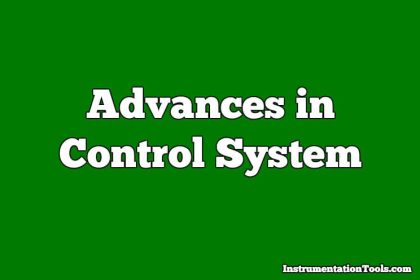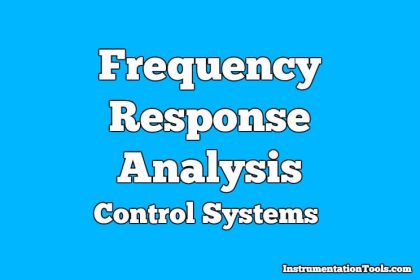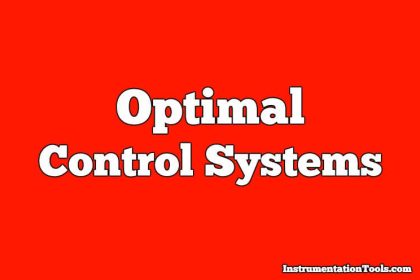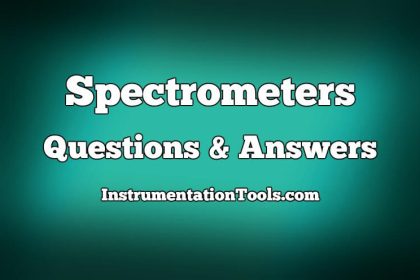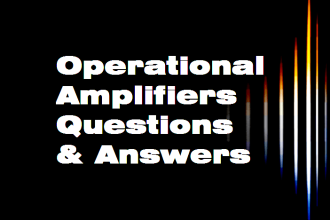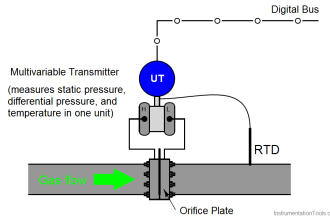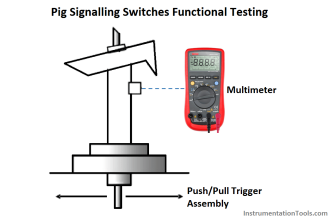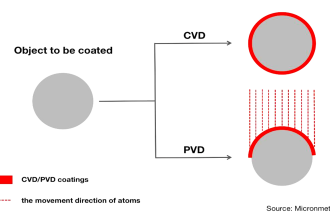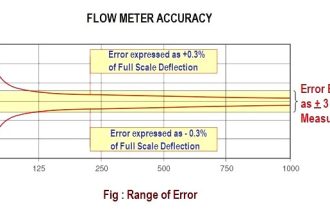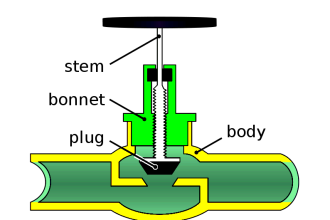Carbon Monoxide Questions & Answers
1. Which of the following is the full scale range of Infrared spectroscopy method used for measurement of carbon monoxide?
a) 0-2 ppm
b) 0-500 ppm
c) 0-1 ppm
d) 0-50 ppm
Answer: d
Explanation: The full scale range of Infrared spectroscopy method used for measurement of carbon monoxide is 0-50 ppm. It depends on the characteristic absorption of CO molecule at a particular wavelength.
2. Which of the following is the full scale range of Gas chromatography method used for measurement of carbon monoxide?
a) 0-200 ppm
b) 0-500 ppm
c) 0-1 ppm
d) 0-50 ppm
Answer: a
Explanation: The full scale range of Gas chromatography method used for measurement of carbon monoxide is 0-200 ppm. The detector used in this method is flame ionization detector.
3. Which of the following are not the characteristics of Non-dispersive infrared analyzer method?
a) Easy to maintain
b) High response speed
c) Effect of interfering components is high
d) High sensitivity
Answer: c
Explanation: Effect of interfering components is small for Non-dispersive infrared analyzer method. It depends on the characteristic absorption of CO molecule at a particular wavelength.
4. Non-dispersive infrared analyzer depends on the characteristic absorption of CO molecule at a wavelength of __________
a) 5.4 µm
b) 4.6 µm
c) 8.9 µm
d) 10.8 µm
Answer: b
Explanation: Non-dispersive infrared analyzer depends on the characteristic absorption of CO molecule at a wavelength of 4.6 µm.
5. The zero of the scale is calibrated using which of the following as the sample?
a) Air
b) Water
c) Inert gas
d) Pure nitrogen
Answer: d
Explanation: The zero of the scale is calibrated using pure nitrogen as the sample. Optical filters are used to minimize effects of interfering gases.
6. The disadvantage of Non-dispersive infrared analyzer is that the effect of flow rate is large.
a) True
b) False
Answer: b
Explanation: In Non-dispersive infrared analyzer, the effect of flow rate is small. Optical filters are used to minimize effects of interfering gases.
7. A stripper column used in gas chromatography, can be used to retain which of the following when an air sample is passed through it?
a) CO
b) Methane
c) Light hydrocarbons
d) Heavy hydrocarbons
Answer: d
Explanation: A stripper column can be used to retain heavy hydrocarbons when an air sample is passed through it. It passes CO and methane into the column.
8. Which of the following is not a component of the mixture present in the reference cell of Non-dispersive infrared analyzer?
a) CO
b) Nitrogen
c) Water vapour
d) Hydrogen
Answer: d
Explanation: The reference cell contains a fixed quantity of gases. It contains CO, nitrogen and water vapour.
9. Hydrogen flame ionization detector can be used to detect only the peak of CO and not methane.
a) True
b) False
Answer: b
Explanation: Hydrogen flame ionization detector can be used to detect the peak of both CO and methane. The accuracy is about 2%.
10. CO analyzers based on infrared absorption would give greater sensitivity under which of the following conditions?
a) With larger cell path lengths
b) With smaller cell path lengths
c) By changing the gases in the reference cell
d) By increasing the sample flow rate
Answer: a
Explanation: CO analyzers based on infrared absorption would give greater sensitivity with larger cell path lengths. If 1m path length is given, the range is from 0 to 50ppm.

